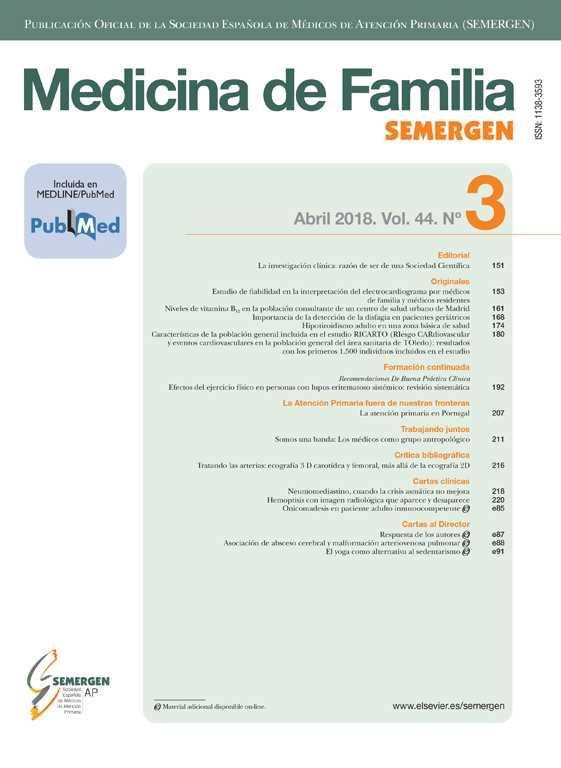La microalbuminuria como hallazgo clínico, se considera un marcador del daño orgánico renal en el paciente diabético. Además, su tratamiento en este tipo de pacientes ha demostrado una disminución en la progresión de la nefropatía diabética. En el presente trabajo, se realiza una revisión bibliográfica para intentar resolver hasta que punto se considera a la microalbuminuria un factor de riesgo cardiovascular, si sería correcto hacer determinaciones a la población general y si un tratamiento posterior mejoraría bien el riesgo cardiovascular o bien el pronóstico de los que presenten ya en algún grado la enfermedad cardiovascular.
Microalbuminuria as a clinical finding is considered a marker of renal organic injury in the diabetic patient. In addition, its treatment in this type of patients has demonstrated a decrease in the progression of diabetic nephropathy. In the present study, a bibliographic review is performed to try to resolve up to what point microalbuminuria is considered a cardiovascular risk factor, if it would be correct to make determinations in the general population and if a posterior treatment would well improve the cardiovascular risk or the prognosis of those who already present cardiovascular disease in some grade.






